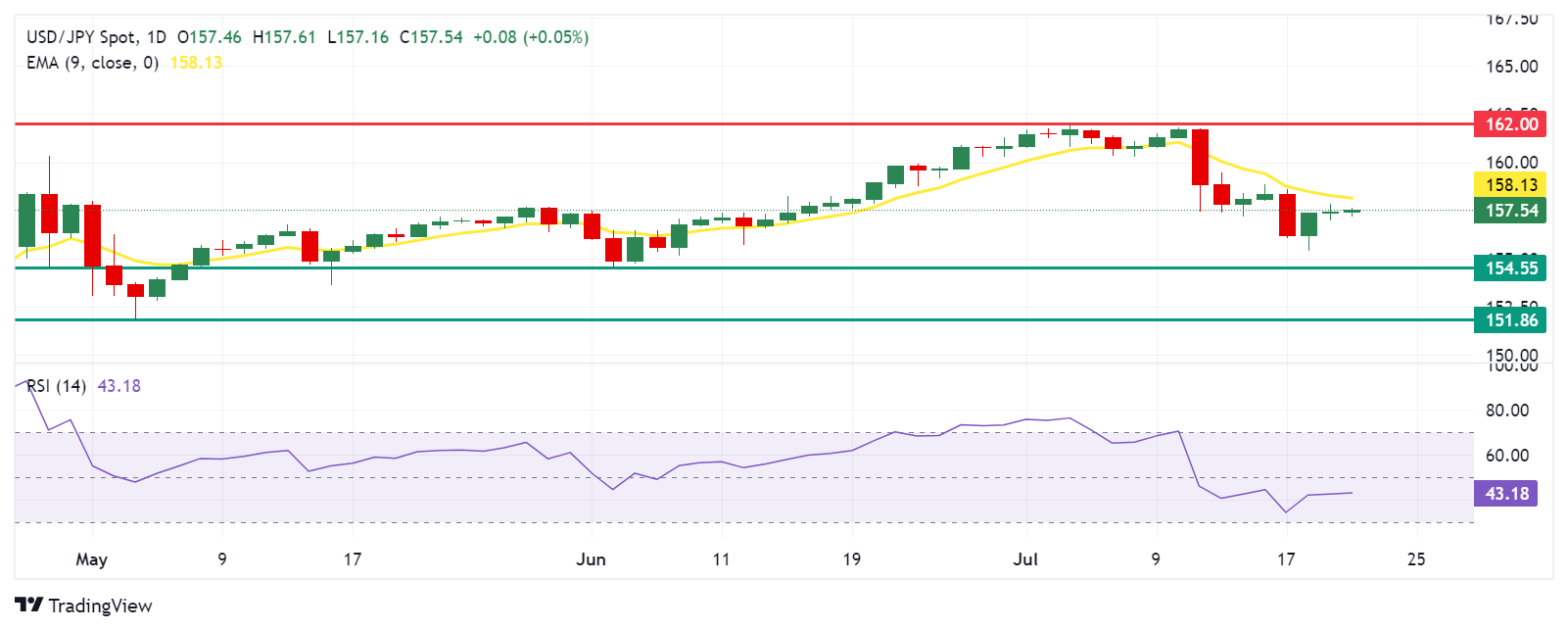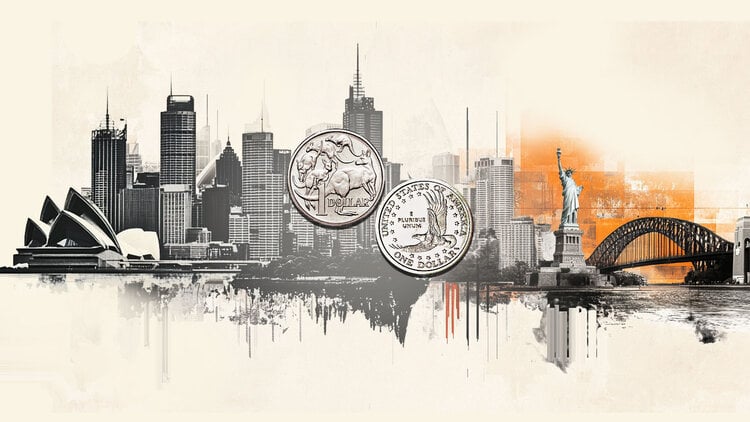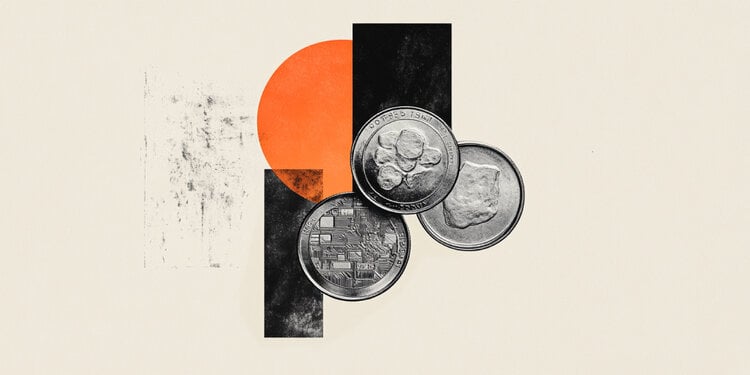- The Japanese yen extends losses despite hawkish sentiment surrounding the BoJ’s policy stance for next week.
- Japanese Prime Minister Fumio Kishida said normalizing the BoJ’s monetary policy would help support a growth-driven economy.
- US President Joe Biden has dropped his re-election bid and endorsed Vice President Kamala Harris to take on Republican Donald Trump.
The Japanese Yen (JPY) remains weak on Monday, extending its losing streak to a third consecutive session. Traders are preparing for the Bank of Japan (BoJ) monetary policy meeting next week, where an interest rate hike could be on the table to support the JPY. Japan’s Prime Minister Fumio Kishida stated that normalizing the central bank’s monetary policy would help Japan move to a growth-driven economy, according to Nikkei Asia.
Speculative short positions in the yen, which had risen to their second-highest level, have started to ease following Japan’s reported yen-buying intervention this month, which surprised the market. As of Tuesday, short yen positions held by market players such as hedge funds totaled a net 151,072 contracts, according to the U.S. Commodity Futures Trading Commission. This marks a decline of 30,961 contracts from the previous week and is the biggest drop since May 7, when short positions fell by 33,466 contracts, according to a separate Nikkei Asia report.
USD/JPY could limit its upside as the US Dollar (USD) faces challenges from rising bets on a Federal Reserve (Fed) rate cut in September and concerns over the fragility of the US labor market persist. According to the CME Group’s FedWatch tool, markets now indicate a 91.7% probability of a 25 basis point rate cut at the Fed’s September meeting, up from 90.3% a week earlier.
Daily Market Wrap: Japanese Yen remains weak despite threat of intervention
- U.S. President Joe Biden dropped his re-election bid on Sunday under mounting pressure from fellow Democrats and endorsed Vice President Kamala Harris as the party’s nominee to face Republican Donald Trump in the November election, according to Reuters.
- Federal Reserve Bank of New York President John Williams said Friday that the long-term trends that caused declines in neutral interest rates before the pandemic continue to prevail. Williams noted, “My own Holston-Laubach-Williams estimates for r-star in the U.S., Canada, and the euro area are roughly at the same level as before the pandemic,” according to Bloomberg.
- Japan’s national consumer price index (CPI) for June held steady at 2.8%, matching the previous month’s figure and remaining at the highest level since February. Meanwhile, core CPI inflation rose to 2.6%, slightly above the previous reading of 2.5% but just below the consensus estimate of 2.7%.
- JP Morgan has anticipated that there will be no rate hike by the Bank of Japan (BoJ) in July or at any point in 2024. A rate hike in July is not their base case, and they do not expect any rate hikes for the rest of 2024. They believe it is too early to take a bullish stance on the Yen.
- Kazushige Kamiyama, a senior official at the Bank of Japan (BoJ) and manager of the central bank’s Osaka branch, said on Thursday that the BoJ wants to maintain an accommodative monetary environment as much as possible, according to Jiji news agency.
- During an interview with Bloomberg News on Tuesday, Donald Trump warned Fed Chair Jerome Powell against cutting U.S. interest rates ahead of the November presidential election. However, Trump also indicated that if re-elected, he would allow Powell to complete his term if he continued to “do the right thing” at the Fed.
- Data released on Tuesday showed that the Bank of Japan (BoJ) entered the foreign exchange market on consecutive days last Thursday and Friday. The BoJ’s current account balance data, released on Tuesday, indicates an expected liquidity outflow of about ¥2.74 trillion ($17.3 billion) from the financial system on Wednesday due to various government sector transactions, according to Nikkei Asia.
- Fed Chair Jerome Powell said earlier this week that the three U.S. inflation readings this year “increase some confidence” that inflation is on track to sustainably meet the Fed’s target, suggesting a shift toward interest rate cuts may not be far off.
Technical Analysis: USD/JPY holds near 157.50
The USD/JPY is trading around 157.60 on Monday. The daily chart analysis shows that the pair is below its nine-day exponential moving average (EMA) of 158.14, which indicates a short-term bearish momentum. This suggests waiting for signs of a trend reversal before considering a buy. Moreover, the 14-day Relative Strength Index (RSI) is below 50, which reinforces a bearish outlook.
The USD/JPY pair could find significant support near the June low of 154.55. A drop below this level could lead to a decline towards the May low of 151.86.
On the upside, immediate resistance lies at the nine-day EMA of 158.14. A break above this level could lead the USD/JPY pair to test resistance around the psychological level of 162.00.
USD/JPY: Daily Chart
Japanese Yen PRICE Today
The table below shows the Japanese Yen (JPY) exchange rate against major currencies today. The Japanese Yen was the weakest currency against the Euro.
| USD | EUR | GBP | JPY | CAD | AUD | NZD | CHF | |
|---|---|---|---|---|---|---|---|---|
| USD | -0.09% | -0.08% | 0.09% | 0.07% | 0.14% | 0.24% | 0.10% | |
| EUR | 0.09% | -0.00% | 0.17% | 0.12% | 0.28% | 0.28% | 0.13% | |
| GBP | 0.08% | 0.00% | 0.06% | 0.10% | 0.27% | 0.26% | 0.10% | |
| JPY | -0.09% | -0.17% | -0.06% | 0.01% | 0.11% | 0.10% | -0.07% | |
| CAD | -0.07% | -0.12% | -0.10% | -0.01% | 0.16% | 0.17% | 0.01% | |
| AUD | -0.14% | -0.28% | -0.27% | -0.11% | -0.16% | 0.00% | -0.17% | |
| NZD | -0.24% | -0.28% | -0.26% | -0.10% | -0.17% | -0.00% | -0.12% | |
| CHF | -0.10% | -0.13% | -0.10% | 0.07% | -0.01% | 0.17% | 0.12% |
The heatmap shows percentage changes of major currencies. The base currency is selected from the left column, while the quote currency is selected from the top row. For example, if you choose the Japanese Yen from the left column and move along the horizontal line to the US Dollar, the percentage change shown in the chart will represent the JPY (base)/USD (quote).
Bank of Japan FAQs
The Bank of Japan (BoJ) is the Japanese central bank, which sets the country’s monetary policy. Its mandate is to issue banknotes and carry out monetary and foreign exchange control to ensure price stability, which means an inflation target of around 2%.
The Bank of Japan has been pursuing ultra-loose monetary policy since 2013 in order to stimulate the economy and fuel inflation amid a low-inflation environment. The bank’s policy is based on Quantitative and Qualitative Easing (QQE), or printing money to buy assets such as government or corporate bonds to provide liquidity. In 2016, the bank doubled down on its strategy and further relaxed policy by first introducing negative interest rates and then directly controlling the yield on its 10-year government bonds.
The Bank of Japan’s massive stimulus has caused the Yen to depreciate against its major currency peers. This process has been exacerbated more recently by a growing policy divergence between the Bank of Japan and other major central banks, which have opted to sharply raise interest rates to combat decades-high inflation. The Bank of Japan’s policy of keeping rates low has led to a widening spread with other currencies, dragging down the value of the Yen.
The weak yen and the surge in global energy prices have caused Japanese inflation to rise, exceeding the Bank of Japan’s 2% target. However, the Bank of Japan judges that a sustainable and stable achievement of the 2% target is still not in sight, so a sharp change in current monetary policy seems unlikely.
Source: Fx Street
I am Joshua Winder, a senior-level journalist and editor at World Stock Market. I specialize in covering news related to the stock market and economic trends. With more than 8 years of experience in this field, I have become an expert in financial reporting.








